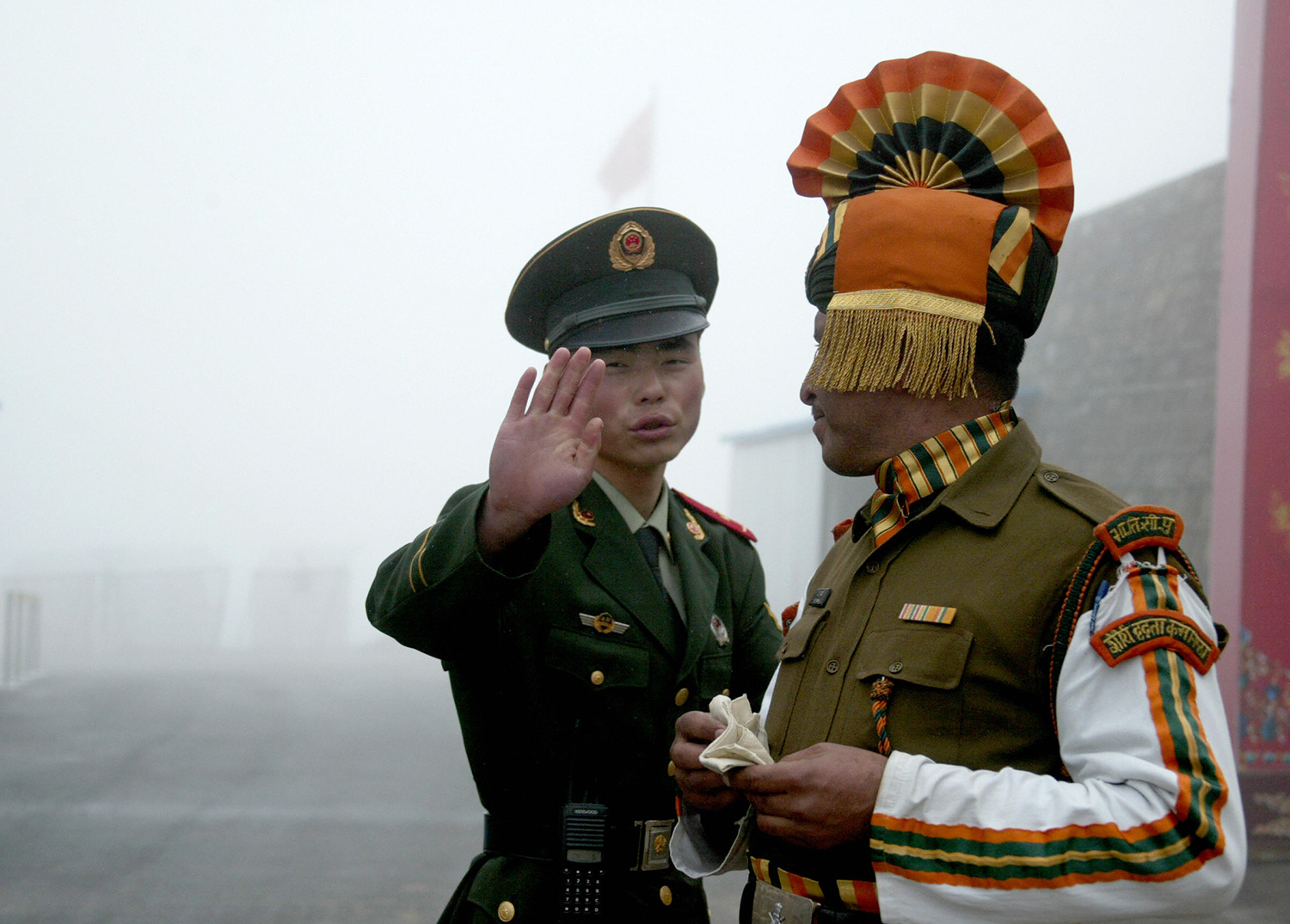After 20 Indian soldiers were killed by the Chinese in a border clash, there are jingoistic screams in the media. Critics want to delink India economically from China and boycott Chinese goods. Others want to teach China a military lesson, as already taught to Pakistan.
This would be economic and military suicide. Only morons can equate China and Pakistan militarily. Jawaharlal Nehru blundered by telling the Army to “throw out” Chinese troops in the disputed territory. The result was a military thrashing. Today China is ten times stronger in economic and military clout than in 1962. Modi will be ten times as stupid as Nehru to attempt military retaliation.
Modi’s economic policy of Atma-Nirbhar can be translated as self-sufficiency or self-reliance. This ambiguity may be deliberate. The word Atma-Nirbhar enables Modi to pacify affiliates like Swadeshi Jagran Manch (SJM) and Bharatiya Mazdoor Sangh (BMS) that love self-sufficiency. But Modi also equates Atma-Nirbhar with becoming a star in global value chains. At Davos, he lectured Trump on the need to keep world trade open. Hopefully, this dual interpretation of Atma-Nirbhar is a political manoeuvre, not confused economic thinking.
Self-sufficiency means import substitution and reducing global trade and investment. This was the policy of Nehru and Indira Gandhi and ended in economic disaster. From 1947 to 1980, GDP growth was a pathetic 3.5%. The poverty ratio did not fall while the population virtually doubled, and so the absolute number of poor virtually doubled. Narasimha Rao and Vajpayee went in the opposite direction of opening up to global trade and investment. This built the foundation for a fabulous economic boom in the 2000s, with GDP growth of over 9% for some years.
Unlike Nehru, Modi wants massive foreign investment. He has promised foreign investors benefits in taxation, cheap land and infrastructure in industrial and export-oriented corridors. Samsung and Nokia have already built major cellphone factories. All the world’s auto giants are already in India. Most Fortune 500 companies are here in offshored computer software, back-office operations and R&D. India has benefited enormously by this integration with the global economy and needs more of it.
More global value chains mean more inter-dependence in trade and investment. This is the very opposite of self-sufficiency. However, it can also be called Atma-Nirbhar in the sense of self-reliance, of creating a world-class economy that enables India to prosper and no longer seek aid and concessions as a poor developing country.
The SJM and BMS can organise a consumer movement to boycott Chinese goods. But as a WTO member, India has to offer China the same tariffs offered to all other members. In return, other WTO members cannot discriminate against India in tariffs. This rule-based trading system greatly benefits poorer countries like India. The WTO allows anti-dumping duties and phytosanitary barriers against errant Chinese companies, but these have to be exceptions, not the rule.
Increased FDI and global value chains mean more links with China, not less. China is now the biggest economy in GDP measured in purchasing power parity and the biggest exporter. It has the biggest surplus savings available for foreign investment. It is a world leader in technologies like telecom, solar energy, electric rickshaws and storage batteries. India can limit imports and FDI from China in a few areas essential for national security. In other sectors, Chinese goods and investment should be as welcome as from anywhere else.
China is now a superpower, using its might to claim more territory and influence in its neighbourhood. ASEAN countries, which together are comparable to India in size, are dismayed that China claims sovereignty over the South China Sea and Spratly and Paracel islands claimed by ASEAN countries too. ASEAN is responding by strengthening bridges with strong allies like the US and Japan, not by boycotting Chinese goods or threatening military reprisals.
Read the rest of this article by clicking here.
This article was originally on the Times of India website, on 21st of June, 2020.
Read more: SO Musings: A Democracy at War
Post Disclaimer
The opinions expressed in this essay are those of the authors. They do not purport to reflect the opinions or views of CCS.






